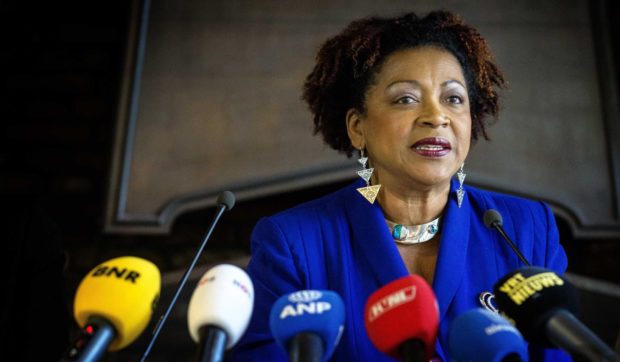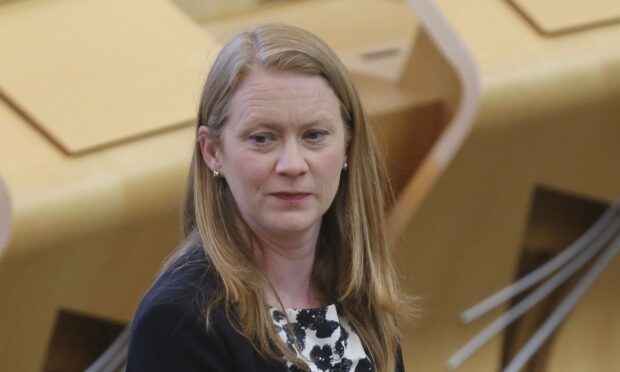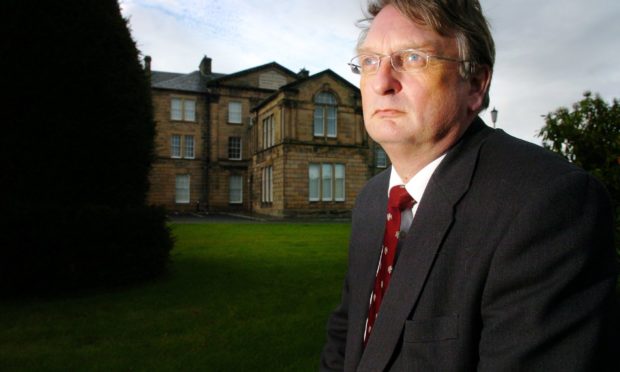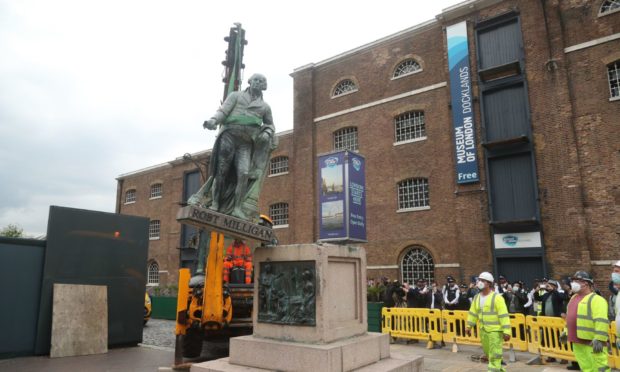SNP ministers face claims they were “disrespectful” to an internationally renowned academic while snubbing calls to discuss repatriating slave trade profits.
Education Secretary Shirley-Anne Somerville was contacted in June by Verene Shepherd, director of the Centre for Reparation Research at the University of the West Indies.
The respected author, academic and activist wrote to the Holyrood minister, and also sent the letter to Nicola Sturgeon, following the revelation that a north-east teacher training fund, called the Dick Bequest, had been founded using profits from slavery.
Professor Shepherd, who has previously served as chairwoman of the United Nations working group of experts on people of African descent, said this £1.7 million fund was “not the total obligation of Scotland to Jamaica”, as she urged the SNP government to enter into a discussion about ways to “right the wrongs of the past”.
In the letter, she said her research centre, alongside the CARICOM (Caribbean Community) Reparations Commission and Jamaica’s National Council on Reparation, were “ready to engage with you, as well as with the first minister, Nicola Sturgeon, in a conversation about the most effective way of directing these funds to our children in Jamaica.”
However, instead of a ministerial response to her letter, Professor Shepherd received a reply from an official in the Scottish Government’s Equality Unit.
It was identical to a response received by David Alston and Donald Morrison, the two historians who uncovered the truth about the Dick Bequest, after they also wrote to Ms Somerville to call for the remaining money in the fund to be returned to Jamaica.
Mr Alston and Mr Morrison have now written to Ms Sturgeon to express their concerns about the way the government had dealt with Prof Shepherd.
“We believe that her offer to engage with you was important and that a response at ministerial level, at least, was appropriate,” they said.
“To be frank, as citizens of Scotland we found the word-for-word reply disrespectful.
“A more creative response is required, directed to finding a solution.”
To be frank, as citizens of Scotland we found the word-for-word reply disrespectful.”
They suggested that Ms Sturgeon or Ms Somerville convene an online meeting with Prof Shepherd, and the chair of the governors of the Dick Bequest Trust, to discuss the future of the fund.
The Scottish Government has said that it has asked the Office of the Scottish Charity Regulator (OSCR) to consider the next steps for the Dick Bequest.
An OSCR spokesman said: “OSCR and the Scottish Government have been in discussions about the circumstances of this case. We cannot comment any further at this time.”
The Dick Bequest was established following the death in 1828 of Forres-born merchant James Dick, who left almost £120,000 for educational development in Aberdeenshire, Banff and Moray.
It continues to distribute grants to help teachers in the area develop their skills through travel or study, and also supports the purchase of school equipment.
The historians found that Mr Dick had a business partnership with Robert Milligan, whose statue was removed last year by the Museum of London from its plinth in London’s Docklands.
They were said to have been “slave factors”, who bought enslaved people from ships, and sold them to local enslavers or “re-exported” them to markets in other colonies.
A Scottish Government spokesman said: “Scottish Government officials recently wrote to Mr Alston and Mr Morrison on behalf of the education secretary.
“They confirmed that the Scottish Government does not have the powers to direct a charity such as the Dick Bequest Trust to require any return of money in the way that is being suggested.
“We have received further correspondence from Ms Alston and Mr Morrison to which we will reply in due course.
“The Office of the Scottish Charity Regulator is considering Mr Alston and Mr Morrison’s request to have the money returned and the wider issues the case presents.”



